LAST UPDATED: May 1st, 2015
While hunters in the eastern two-thirds of the United States are looking at velvet whitetails and hanging treestands, hunters in the West are belly crawling through cactus patches and breathing in the bitter sweet smell of sage as they try to stay out of sight of their quarry; which by the way goes by the following names…..speed goat, antelope, or pronghorn. Without question, the pronghorn is one of the most challenging animals in North America to stalk and take with a bow. On the opposite side of the same coin, pronghorn offer archers one the highest success rates in the United States. However, to be successful you need to follow some basics rules. Let’s delve into a few tactics that will likely help you tag your goat.
Takedown Methods
Two specific methods come to mind when hunting pronghorn; hunting over a waterhole and spot and stalk. Both have advantages and disadvantages and it is up to each individual hunter to set their goals and select the style that is right for them.
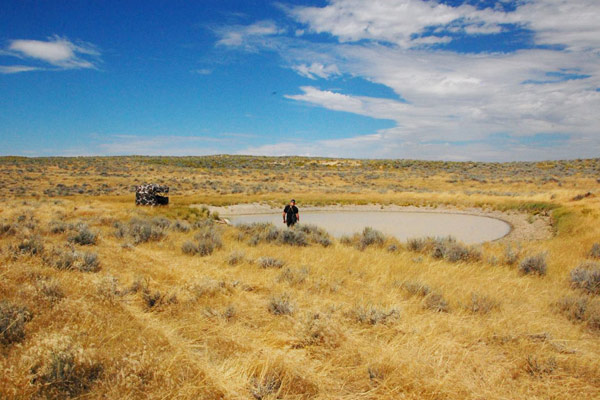
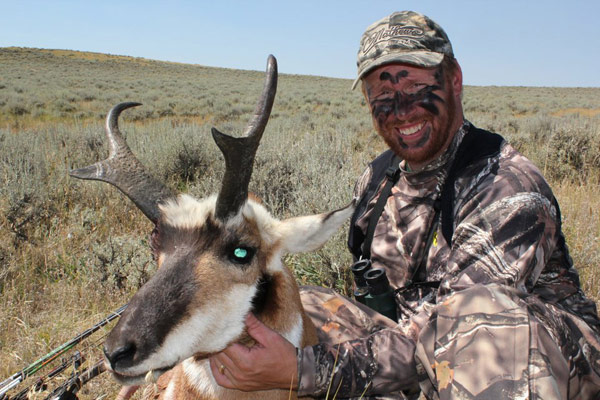
Pronghorn hunting over waterholes can be action packed and at the same time can also provide for some very long days. Do your best not to get discouraged throughout the day in the blind and make sure you take plenty of cold drinks. There seems to be a love/hate relationship with the terrain that antelope call home because most of the time, you can see for a really long way. This is great when there are animals to look at, but when you can see for literally a mile in every direction and there isn’t a living creature moving, it can be discouraging. Antelope will come from (literally) miles in just a few minutes to drink so don’t get caught napping though. Another added advantage to hunting out of a blind is that you typically get to glass the animal as it approaches from a distance. This gives you time to see the buck(s) from different angles and determine if and which one(s) may be a shooter.
Taking the Shot
When the speed goat slows down for a drink, it’s important to be prepared to take the shot because antelope don’t generally drink for very long as they don’t need a great deal of water to survive. If the buck presents a quality shot opportunity inside of your effective and confident shooting range—-take it! Remember, a blind at a waterhole is designed to simply get the animal close enough for a shot. Just because it hasn’t come to the water, doesn’t mean you can’t shoot. For bowhunters with a limited number of days to hunt or looking to fill their tags quickly, the waterhole is an excellent choice.
Spot and Stalk
While hunting antelope over water is exciting and very successful, spot and stalk hunting for pronghorn is truly hard to beat. Stalking places the hunter in a one-on-one situation with arguably the best eyes in the animal world, in the most open terrain the country has to offer. It’s a game where you find out exactly what your stalking skills are made of, how long you can play the waiting game, and how much cactus you can deal with in your hands and knees. To some hunters, it is the ultimate spot and stalk challenge. If you’re willing to decrease your odds significantly and have your ego bruised on multiple occasions for the chance at one of the most self-gratifying archery hunts in the states, spot and stalk pronghorn is for you.
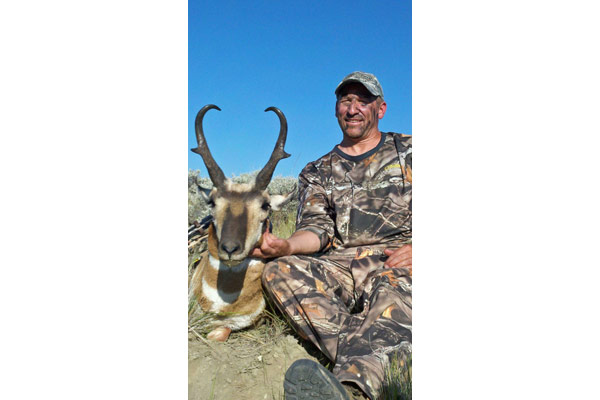
Spot and stalk hunting also gives the hunter the opportunity to take the hunt to the animal, unlike most whitetail hunting and hunting antelope over waterholes, where you have to wait for the game to come to you. One of the benefits of the spot and stalk method is that you can choose which buck (or does) you want to hunt. You can hunt to find one you like and then hunt for the kill.
Spot and Stalk Tips
There are a few very important things to keep in mind when you’re stalking antelope. First of all, many times the only way to approach an antelope without being seen is from directly “up wind”. Don’t be afraid to attempt this, as antelope sometimes act like they don’t have noses. This isn’t to say that they won’t suddenly turn into a blazing white rump leading a trail of dust, but it is worth a shot in most instances. Second, if you find an antelope right at dark and can’t make a move on him before running out of light, don’t fret. Pronghorn are not crepuscular animals, meaning the majority of the movement is during daylight, not low light. What this means is that the next morning at first light, that buck should be very close to where you left him the night before. There is really no “best” way to go about a stalk, 95 percent of the time the “right” thing to do is totally situational. Don’t be afraid of blown stalks and don’t hang your head when you get busted because it happens to the best of the best… just make sure you learn from the experience and put the lessons learned to good use the next time an opportunity arises.
Realistic Expectations
The “trophy craze” that has escalated in recent years is an interesting thing. Basically, it gives people a standard that they feel is necessary to achieve, many times, on an animal they have never even seen. Thousands of hunters enter the western states with a “I want a 16 inch antelope” mindset when in reality they don’t have any idea where the “16 inches” even come from. Heading to an antelope hunt with unrealistic expectations only increases your odds of frustration and disappointment. Antelope are by far one of the most difficult animals to judge. It’s not uncommon for even the most seasoned of antelope hunting guides to occasionally misjudge a speed goat.
Sizing up your Goat
First of all, pronghorn have horns, not antlers (hence the name). They do shed the outer shell of the horn but it is made of hair, not bone, which classifies it as a horn. Antelope are scored in a manner that is similar to a deer, adding circumference, horn length and prong length to a final culmination. If you believe in “net” scoring, you can look up the deductions if you feel inclined. Many bowhunters are taking the “if it grows, it counts” approach, leaving the “nets” for fishing. The first measurement is the horn length which is measured from the base on the outside of the horn around the curl to the tip, similar to measuring the main beam of a whitetail. Pronghorn are scored using four circumference measurements: one at the base and one each at 1/4, 1/2, 3/4 of the horn length. For instance if your horn length was 14 inches, your circumference measurements will be the base, 3.5” up, 7” up and 10.5” up. If the third circumference measurement falls where the prong is coming off the horn, it must be taken directly above the prong. The final measurement is the prong. This is taken from the back of the horn to the tip of the prong. Adding these measurements for each horn will give you the gross score. The spread measurement does not count in the gross score.
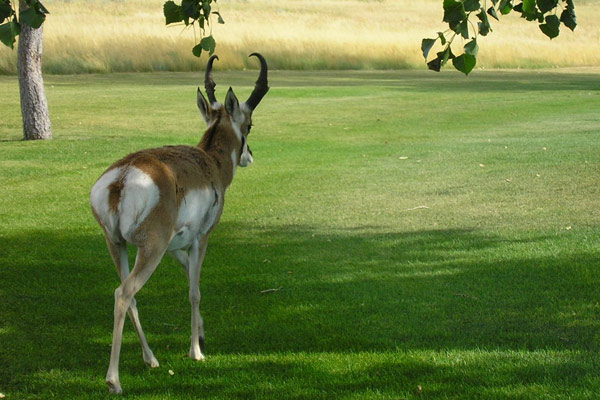
On the Hoof
Now that you have a down and dirty education on scoring an antelope, how do you judge one on the hoof? The biggest tool you have at your disposal and (should) have on every antelope is their ears. Typically the ears on an antelope are right around seven inches tall. If you can find an antelope buck that has prongs coming off above the ear, you are on the right track. The higher the prong comes off, the more your third circumference measurement will be. From there you can begin to estimate the length above the ear to decide a total length of the horn. This is where an antelope is referred to as a, “16 inch antelope.” Keep in mind that the curls eat up length inches very well. The larger the curl, the more inches it will measure. The majority of 14” antelope with decent mass and prong length will be close to grossing the pope and young minimum. For the deer hunter, a solid 14” antelope would be close to the equivalent of a 125” whitetail, definitely not something to scoff at.
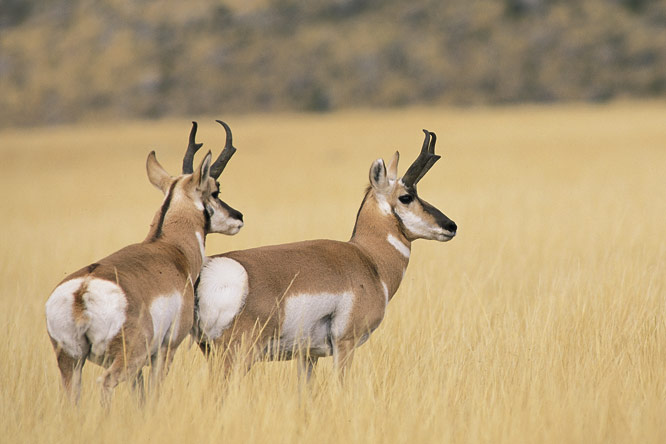
Important Reminders
Extending your proficient shooting range will increase your odds of success, guaranteed. While the majority of whitetail deer are killed on average around 22 yards, antelope are typically killed at further distances. Wide open spaces and the incredible vision of an antelope make stalking the from 40 yards to 25 extremely difficult. If you are uncomfortable shooting at longer distances, a waterhole hunt may be the best bet. Spot and stalk hunters should be comfortable at 40 yards at the very minimum. Practicing at longer ranges than you typically shoot not only increases your lethal range, but it makes the shorter shots seem much easier.
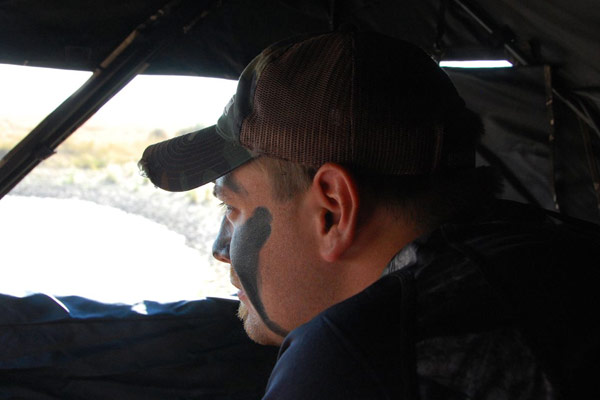
Conclusion
Do-It-Yourself pronghorn archery hunts are generally affordable and allow you decent odds at harvesting a pronghorn. Hunting antelope with an outfitter like Table Mountain Outfitters can increase your odds significantly. The Wyoming Board of Outfitters shows that non-resident hunters that hunt with outfitters experience well over 90 percent success in the antelope season, over twice as high as self guided hunters. Whichever way you choose, you are in for an exciting hunt.

 By
By 



